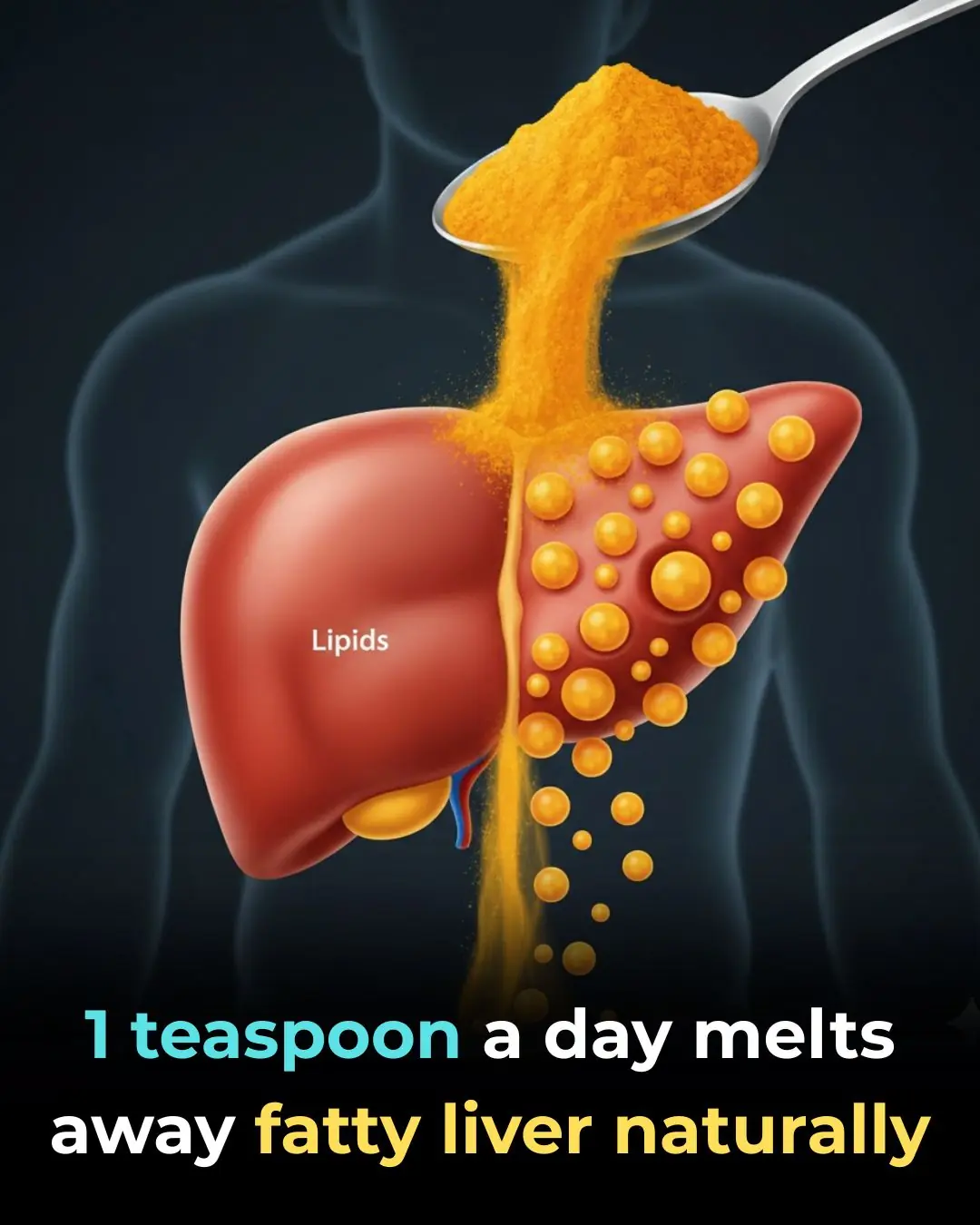
Crabgrass: The “Weed” That Could Be a Wellness Wonder
For most people, the word crabgrass brings to mind one thing — an aggressive, stubborn weed that invades lawns and gardens. For decades, it has been pulled, poisoned, and treated as a nuisance.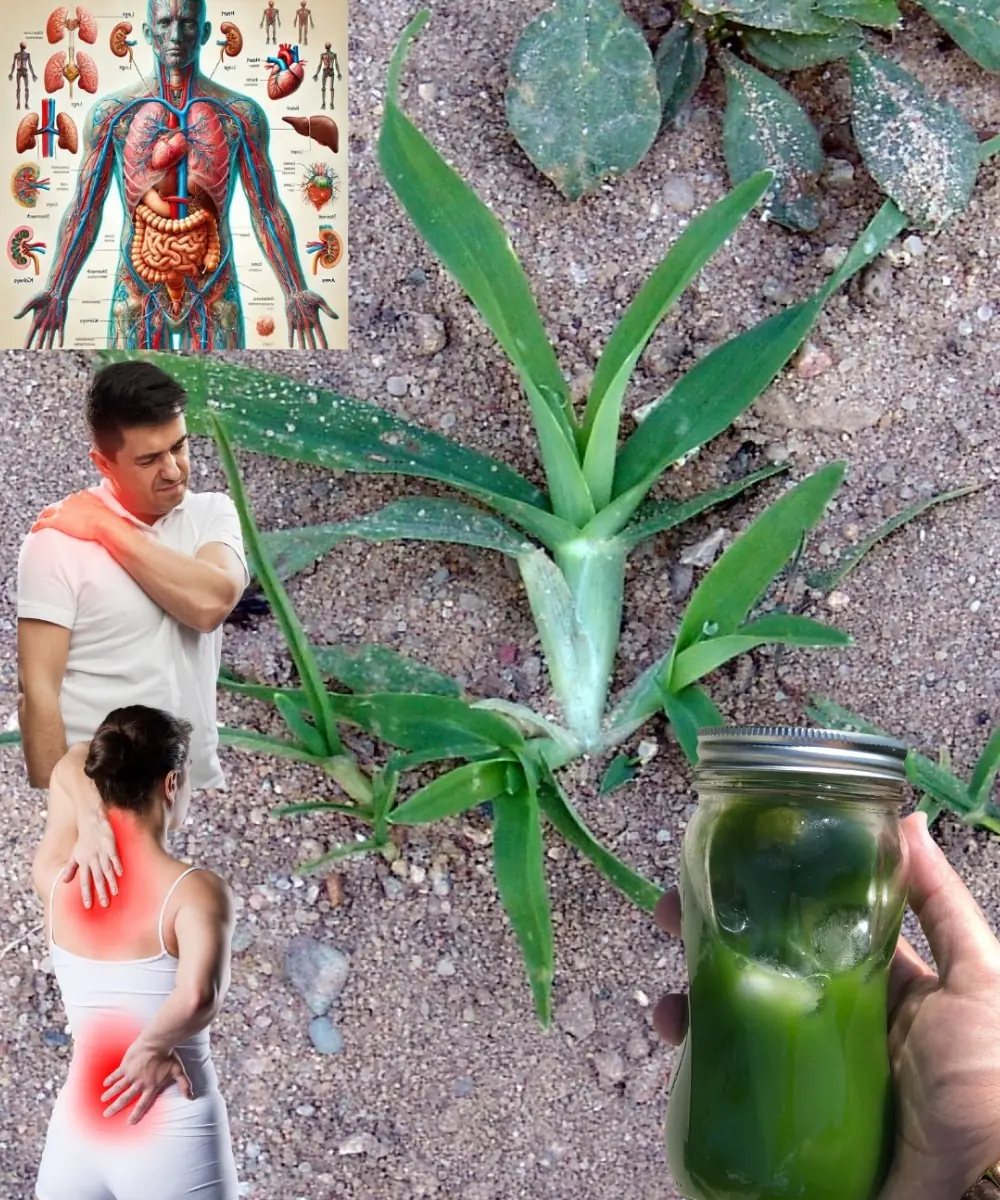
But in traditional herbal practices in parts of Asia and Africa, this fast-growing grass — Digitaria sanguinalis — has been used for generations as a supportive medicinal plant. While modern science is still in the early stages of understanding its full potential, preliminary findings and historical use suggest that crabgrass may contain useful bioactive compounds with gentle health-supporting properties.
This does not turn crabgrass into a miracle cure, but it does invite us to look at this common plant from a new perspective.
What Is Crabgrass?
Crabgrass is a hardy, sun-loving species that thrives in poor soil and disturbed land. It spreads quickly and competes with other plants, which is why it is labeled a “weed” in many countries.
However, its leaves, stems, and roots contain:
-
Flavonoids
-
Phenolic compounds
-
Natural antioxidants
-
Mild anti-inflammatory agents
In traditional herbal systems, it has been used in teas, poultices, and decoctions to support digestion, soothe the skin, and promote balance within the body.
Potential Supportive Benefits (Based on Traditional Use & Early Research)
These are supportive wellness benefits, not medical claims. More research is still needed.
1. May Help Calm Mild Inflammation
Certain compounds found in crabgrass have anti-inflammatory properties, which may be helpful for soothing mild joint stiffness, muscle soreness, or irritation when used in small amounts.
A warm herbal infusion is traditionally used for gentle comfort.
2. Supports Urinary and Fluid Balance
Crabgrass has mild diuretic properties, which means it may help the body eliminate excess water and toxins through urine. This traditional use is associated with supporting kidney and urinary health.
3. Aids Digestive Comfort
In folk medicine, crabgrass tea is sometimes used to ease:
-
Bloating
-
Mild constipation
-
Stomach discomfort
-
Indigestion
Its fiber and plant compounds may gently support digestion and gut movement.
4. Soothes Minor Skin Issues
When used externally, crushed crabgrass leaves or stems have traditionally been applied to:
-
Minor cuts and scrapes
-
Insect bites
-
Mild rashes
-
Irritated skin
Its mild antibacterial and anti-inflammatory properties may help calm the skin and support natural healing.
5. May Support Respiratory Comfort
During seasonal changes, herbal practitioners sometimes use crabgrass tea to help with:
-
Mucus buildup
-
Mild coughing
-
Throat irritation
Its soothing nature makes it a gentle option in traditional remedies.
6. Cooling Effect During Fever
In some traditional systems, crabgrass is considered a cooling herb and may be used in teas to support the body during low-grade fevers and illness recovery.
7. Source of Antioxidants
Crabgrass contains natural antioxidants, which support the body in fighting oxidative stress — a key factor in aging and chronic disease development.
8. Blood Sugar Support (Early Evidence Only)
Preliminary studies in plant chemistry suggest that certain compounds in Digitaria species may help support blood sugar balance, but this is still being studied and should not replace medical treatment.
9. Immune-Supportive Properties
The plant’s natural phytonutrients may support the immune system by helping the body resist common pathogens and manage everyday environmental stress.
10. Supports Circulation & Heart Health
Traditional use suggests crabgrass may help maintain:
-
Healthy circulation
-
Balanced blood pressure (mild effect only)
-
Reduced low-grade inflammation, which benefits heart health
Again, this is supportive, not a replacement for medical management.
11. Gentle Detoxification Support
By supporting the liver and kidneys, crabgrass may assist the body’s natural detoxification pathways, especially when paired with hydration and a nutrient-rich diet.
How to Use Crabgrass Safely
🍵 Simple Herbal Tea (Traditional Method)
Ingredients:
-
A small handful of young crabgrass leaves and stems
-
2 cups of water
Method:
-
Wash the plant thoroughly to remove dirt or chemicals.
-
Boil the plant matter in water for 5–8 minutes.
-
Strain and allow to cool slightly.
-
Drink one small cup once or twice per day.
Only use crabgrass that is not sprayed with pesticides or herbicides and is from a clean, uncontaminated area.
🌿 Soothing Skin Poultice
-
Crush fresh, clean leaves into a paste.
-
Apply to the affected area.
-
Cover with clean cloth and let sit for 15–20 minutes.
-
Rinse gently with water.
This may help reduce itching or redness on minor skin irritations.
Very Important Safety Notes
Crabgrass is a wild plant and must be used with extreme caution:
-
Only use if you are 100% certain of correct identification
-
Do not use plants from roadsides or polluted soil
-
Not recommended for pregnant or breastfeeding women
-
Avoid if you have kidney disease or are on diuretics
-
Stop immediately if any reaction occurs
-
Always consult a healthcare professional before internal use
Wild herbs are powerful and unpredictable. Safety always comes first.
Final Thoughts
Crabgrass may be unwanted in the garden — but it may also be one of nature’s overlooked creations. With proper identification and cautious use, this widespread plant may offer gentle support for digestion, skin comfort, immunity, and cleansing functions.
That said, it is best viewed as a supplemental herbal ally, not a cure or replacement for medical care.
Sometimes, the most underestimated plants carry the greatest stories.
News in the same category


Foods and Lifestyle Choices That May Influence Cancer Risk

Drink one cup daily of this juice to UNCLOG arteries?

Don’t ignore your legs: the surprising early signs of pancreatic cancer

12 medications you should never mix with coffee

WARNING: This common pill causes dementia

This Is One Of The Most C.ancer-Causing Foods – Stop Eating It!

Improve Eyesight Naturally With Onion Tea: Benefits, Uses & How to Make It

Roll your feet daily—unlock rapid healing throughout your body!

Diabetes? Just boil these leaves to lower blood sugar (without medications)!

How to Get Rid of Bad Breath (Halitosis): Scientifically Proven Home Remedies

One simple scoop a day can spark full-body healing — here’s what happens next

Losing Just 1 Gram of Fat In The Pancreas Will Have THIS Effect On Your Body

The best way to lower blood pressure fast!

Top 12 Symptoms of Poor Blood Circulation in Legs

5 Serious Health Problems Your Nails Could Be Trying to Warn You About

How to Get Rid of Bad Breath (Halitosis): Scientifically Proven Home Remedies
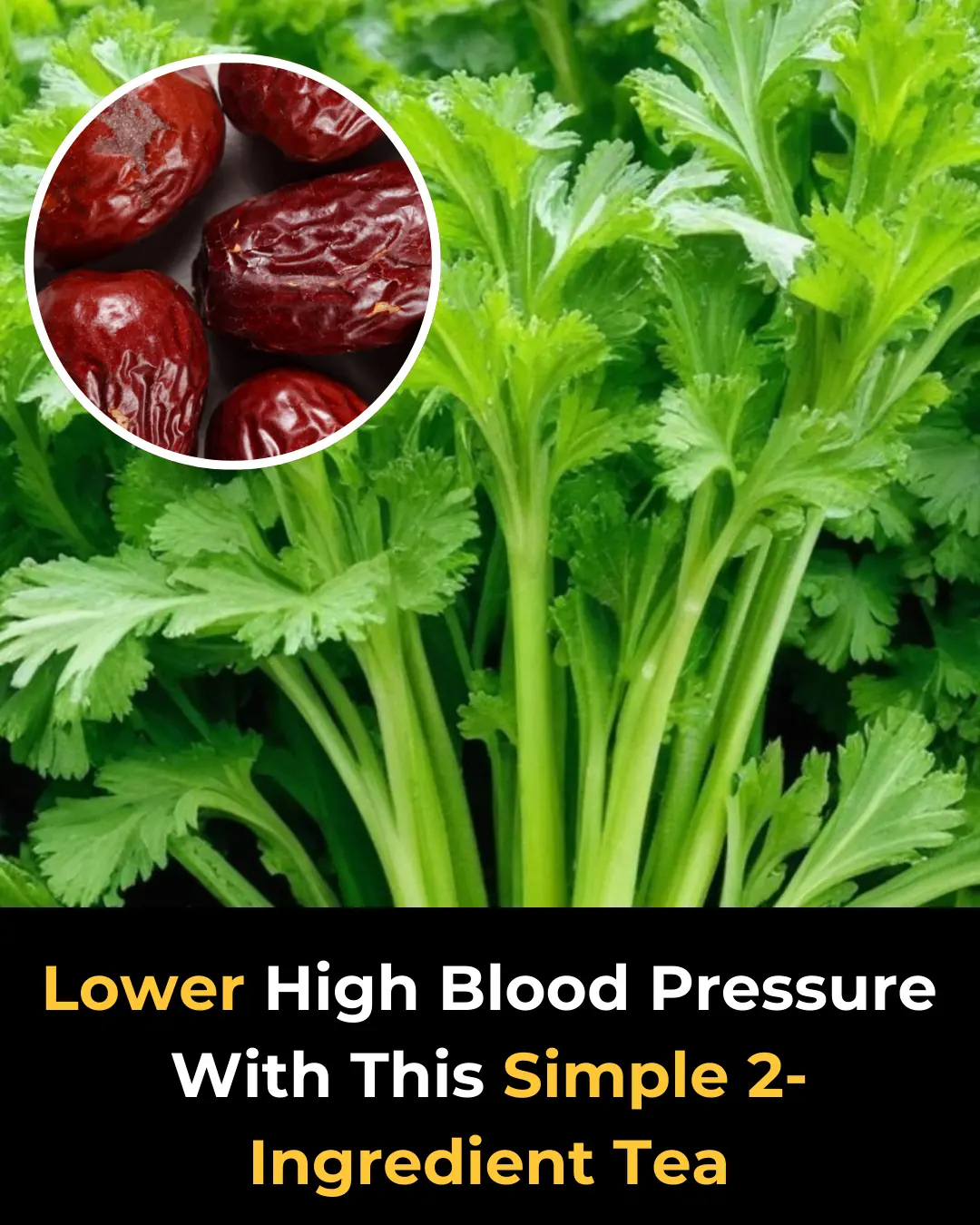
Got High Blood Pressure? Try This 2-Ingredient Tea!

5 Foods That Dramatically Improve Blood Flow to Your Legs
News Post

Fatty Liver Disease: A Growing Silent Health Concern – And How Turmeric May Support Liver Health

Foods and Lifestyle Choices That May Influence Cancer Risk

15 Best Skin Gels for Glowing Skin & Wrinkles
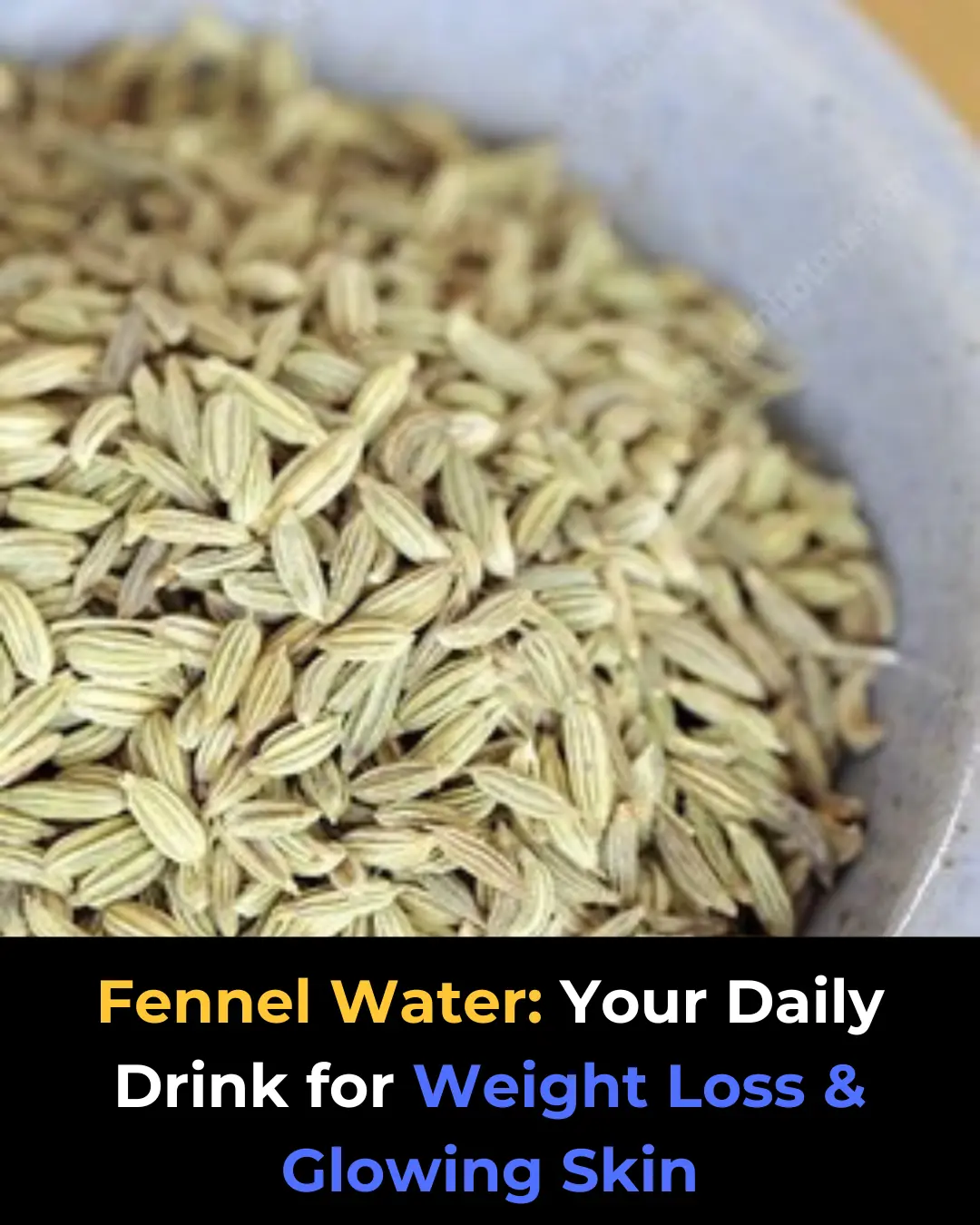
How to Make Fennel Seeds Water/Tea – Benefits of Fennel Seeds for Weight Loss & Health

Israel’s Innovative Smart Water Pipes: Revolutionizing Water Infrastructure and Renewable Energy Generation

Drink one cup daily of this juice to UNCLOG arteries?

Jorge the Loggerhead Turtle: A Story of Rehabilitation, Freedom, and Remarkable Resilience

Don’t ignore your legs: the surprising early signs of pancreatic cancer

Revolutionary Discovery: Reprogramming Cancer Cells to Restore Health and Transform Treatment

You’re doing it all wrong. Here’s the right way to organize fridge

Canadian Scientists Develop Mini Robot to Treat Kidney Stones Without Surgery

12 medications you should never mix with coffee
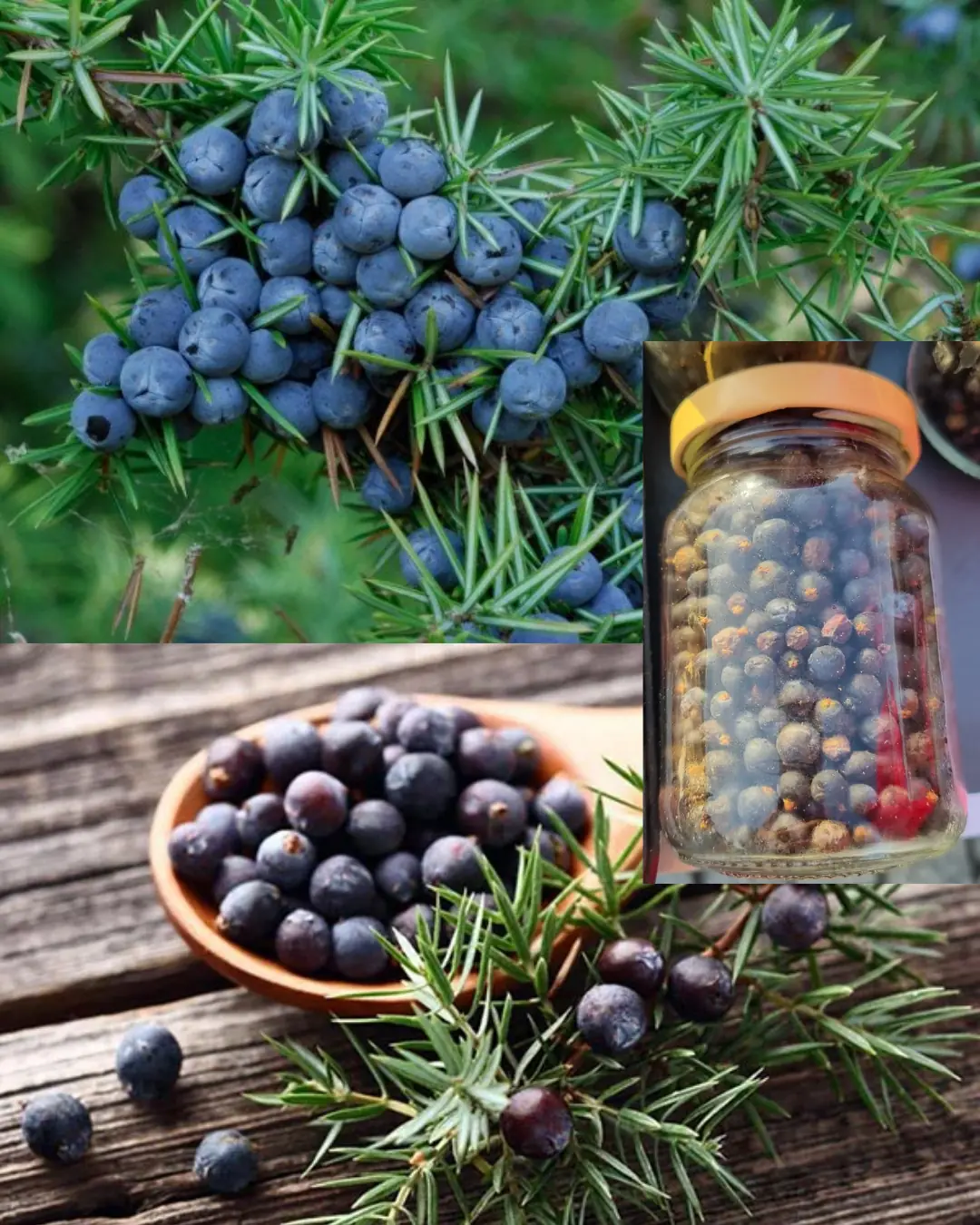
Juniper: 20 Remarkable Benefits and How to Use It

🚿 8 Bathroom Habits That Ruin Your Feeling of Freshness (And How to Fix Them)

Homemade Herbal Hair Oil – Adivasi Hair Oil

Rebuilding with Purpose: Japan’s Monumental Tsunami Wall and Living Forest Shield

Which Raw Food Would You Eat

WARNING: This common pill causes dementia
